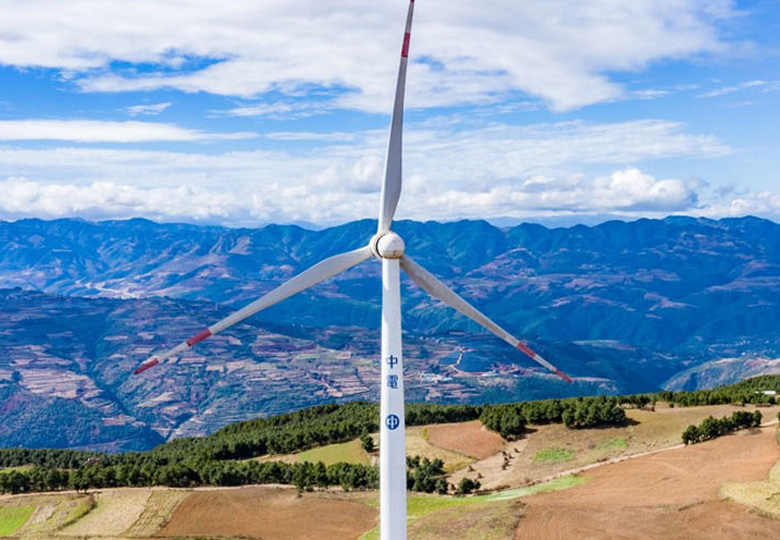Decarbonisation
China is actively promoting a clean energy strategy to lower the carbon intensity of power generation. CLP, as one of the largest external investors in the energy sector in Mainland China, has a wealth of experience in developing and operating clean energy projects. Our non-carbon energy portfolio reached over 70% of the total installed capacity in Mainland China by the end of 2024.
We will continuously focus on producing clean and low-carbon energy in support of the government’s plan to increase the proportion of renewables in primary energy consumption to 25% by 2030. “Climate Vision 2050”, released by CLP, sets the direction for a low-carbon future and is aligned with Mainland China’s decarbonisation strategy.
CLP will further continue to employ the most efficient generation technologies and well-developed environment management practices to support the decarbonisation targets set out by the government. This multi-pronged approach enables us to meet power requirements in Mainland China and provide momentum for sustainable growth, thereby addressing investor and stakeholder expectations.

Renewable Energy
Renewable energy forms an indispensable part of government policies and measures in response to climate change. The Chinese government plans to increase the proportion of renewable energy as part of all primary energy consumption to 25% by 2030. CLP has a wealth of experience in the development and operation of renewable energy projects in the Asia-Pacific region and is in pole position to capitalise on the opportunities that have arisen from the new policies.

